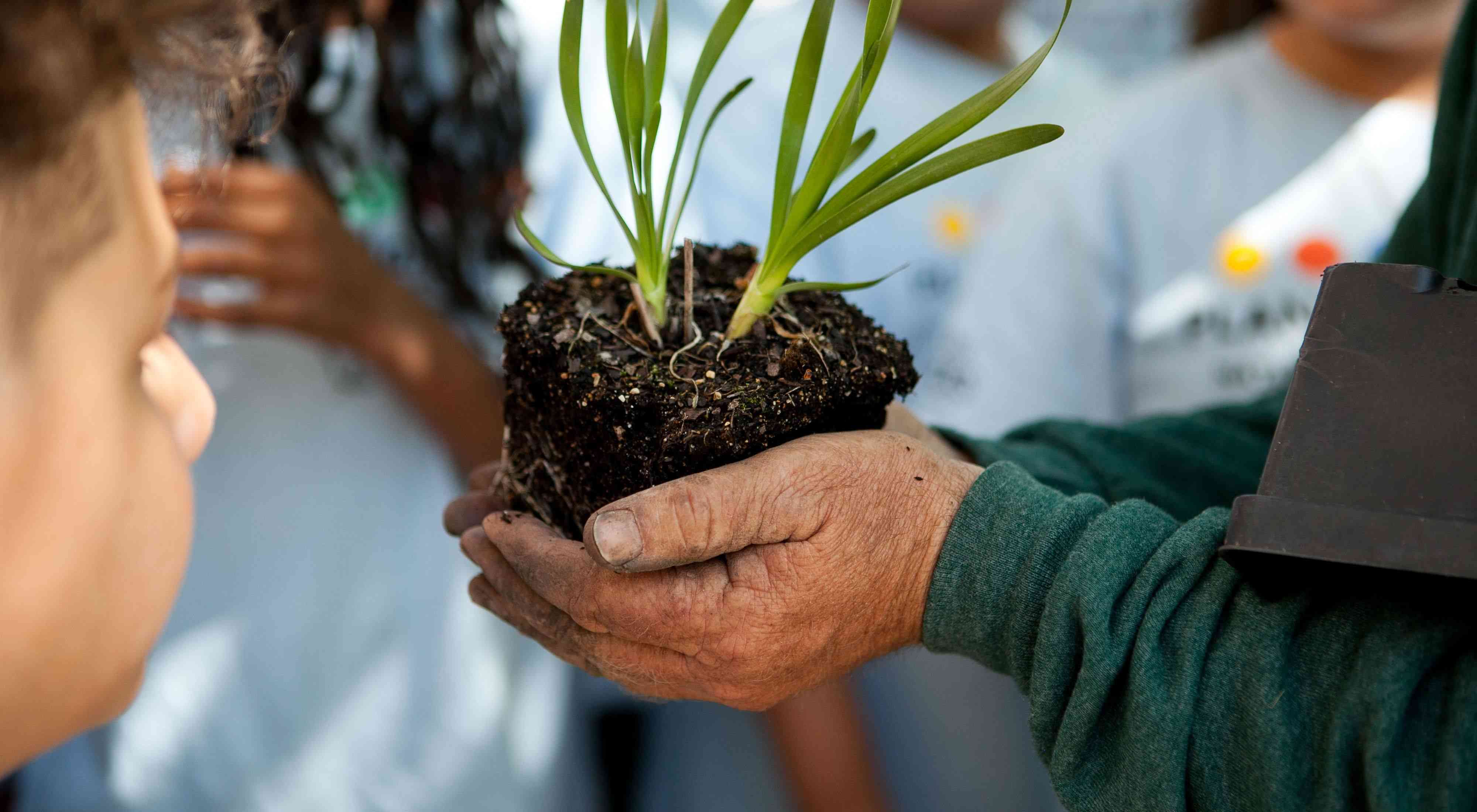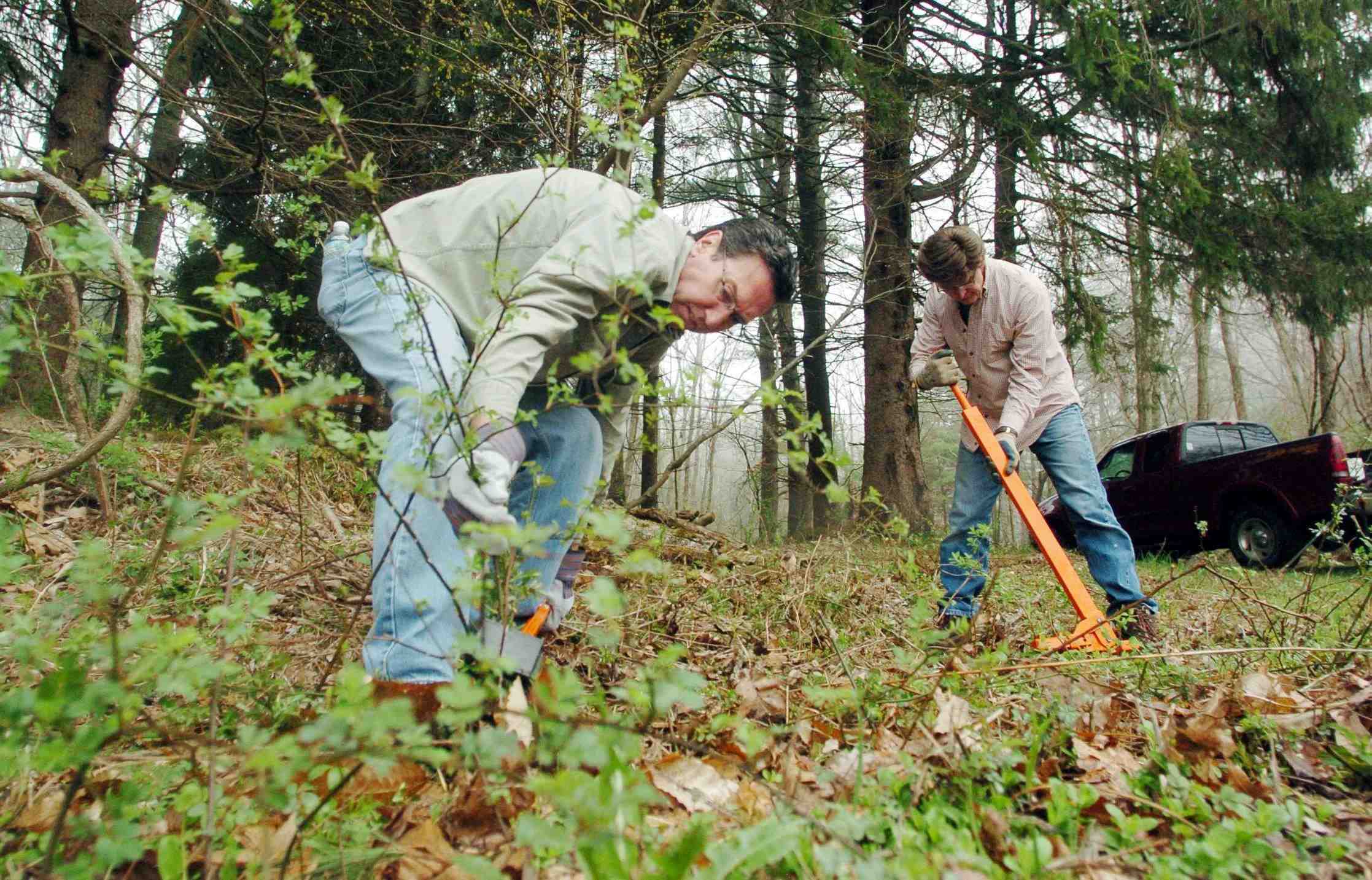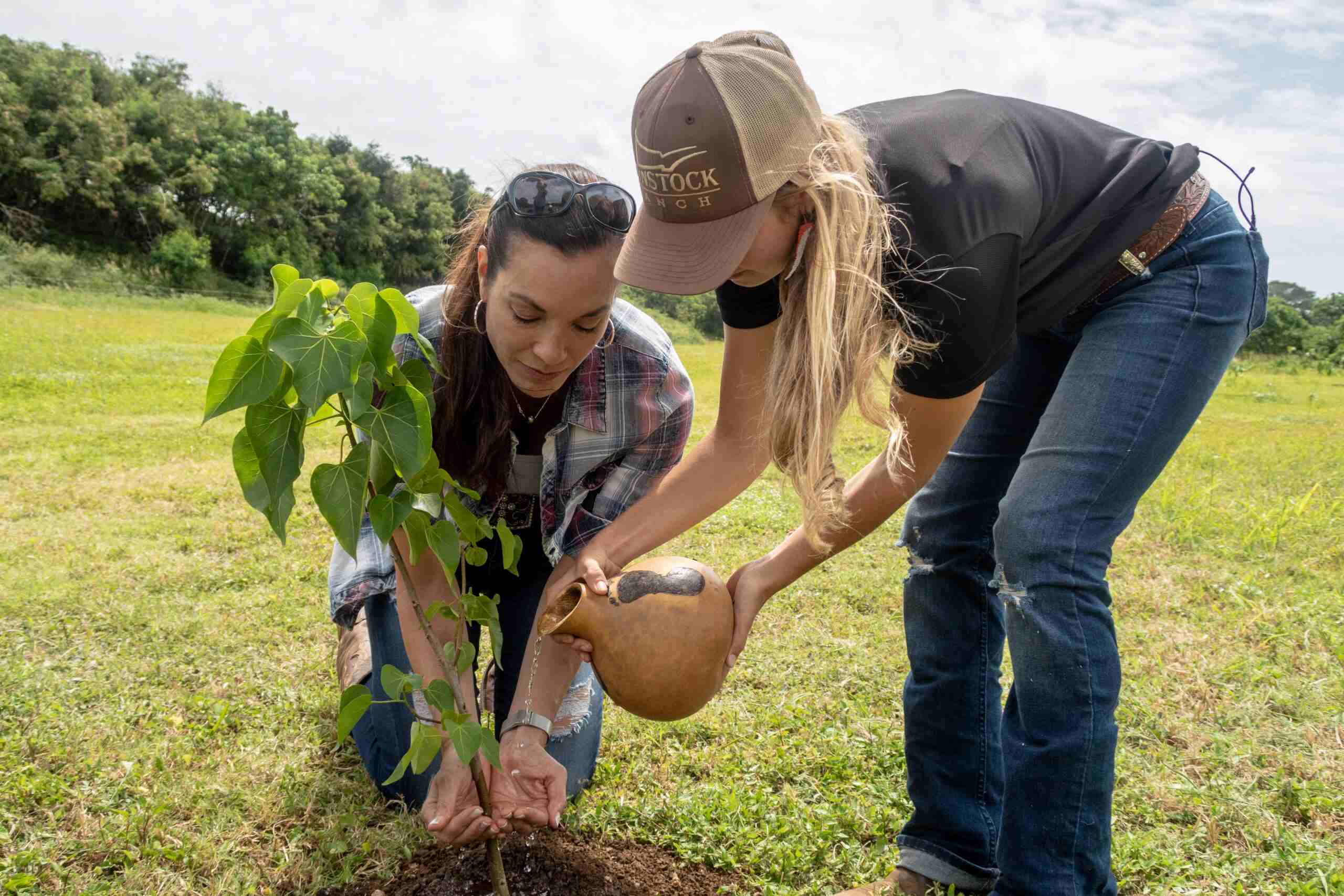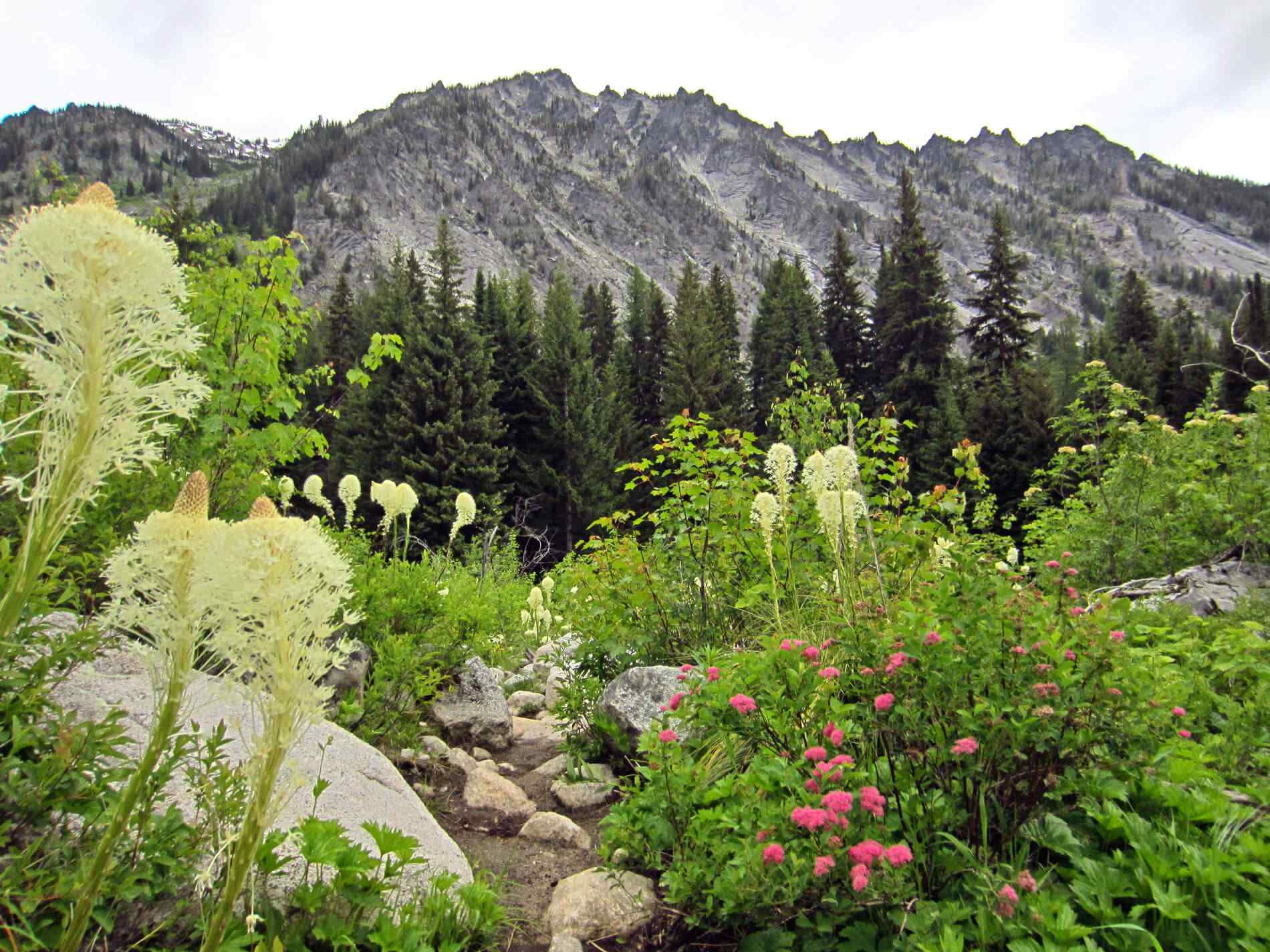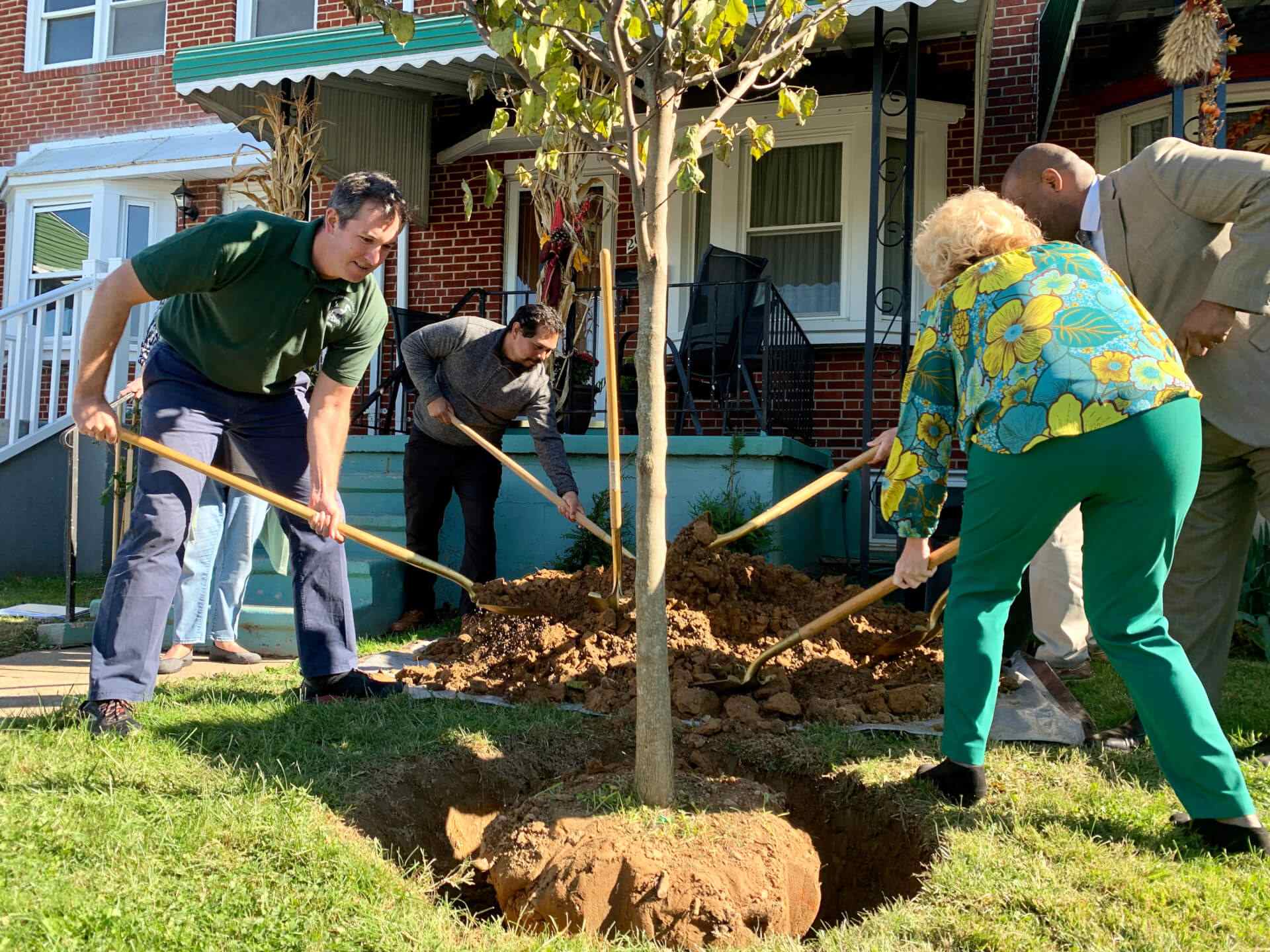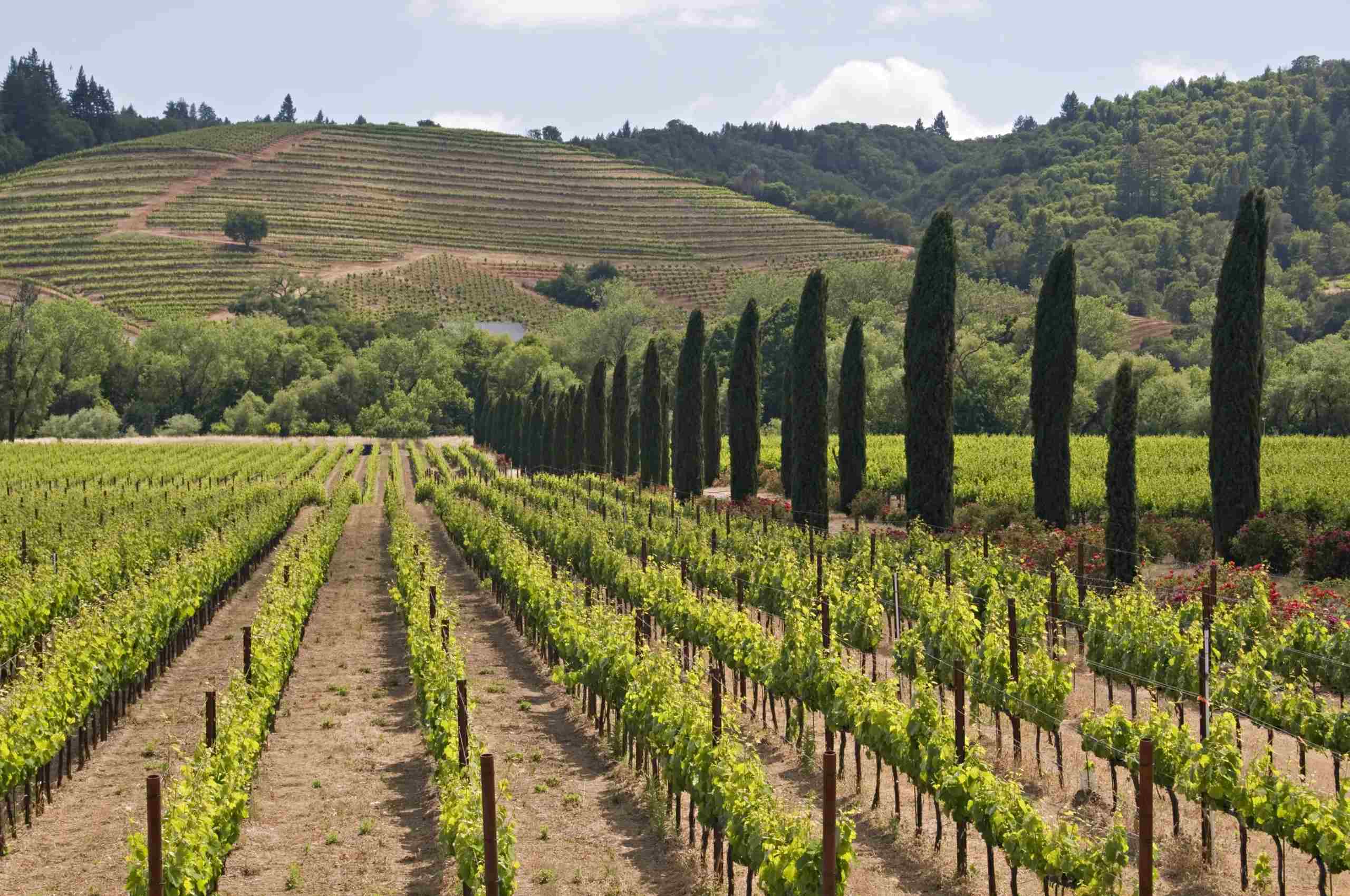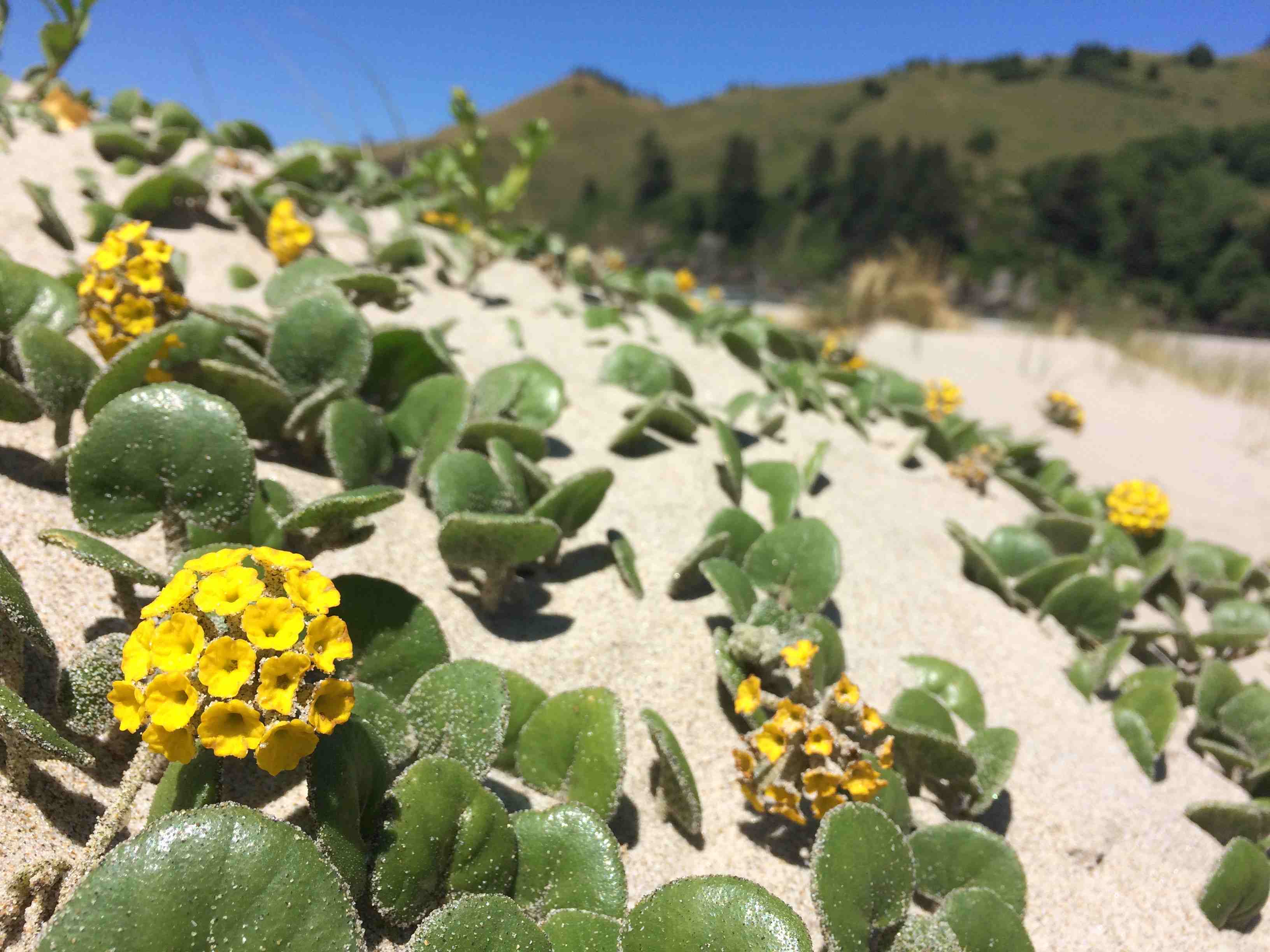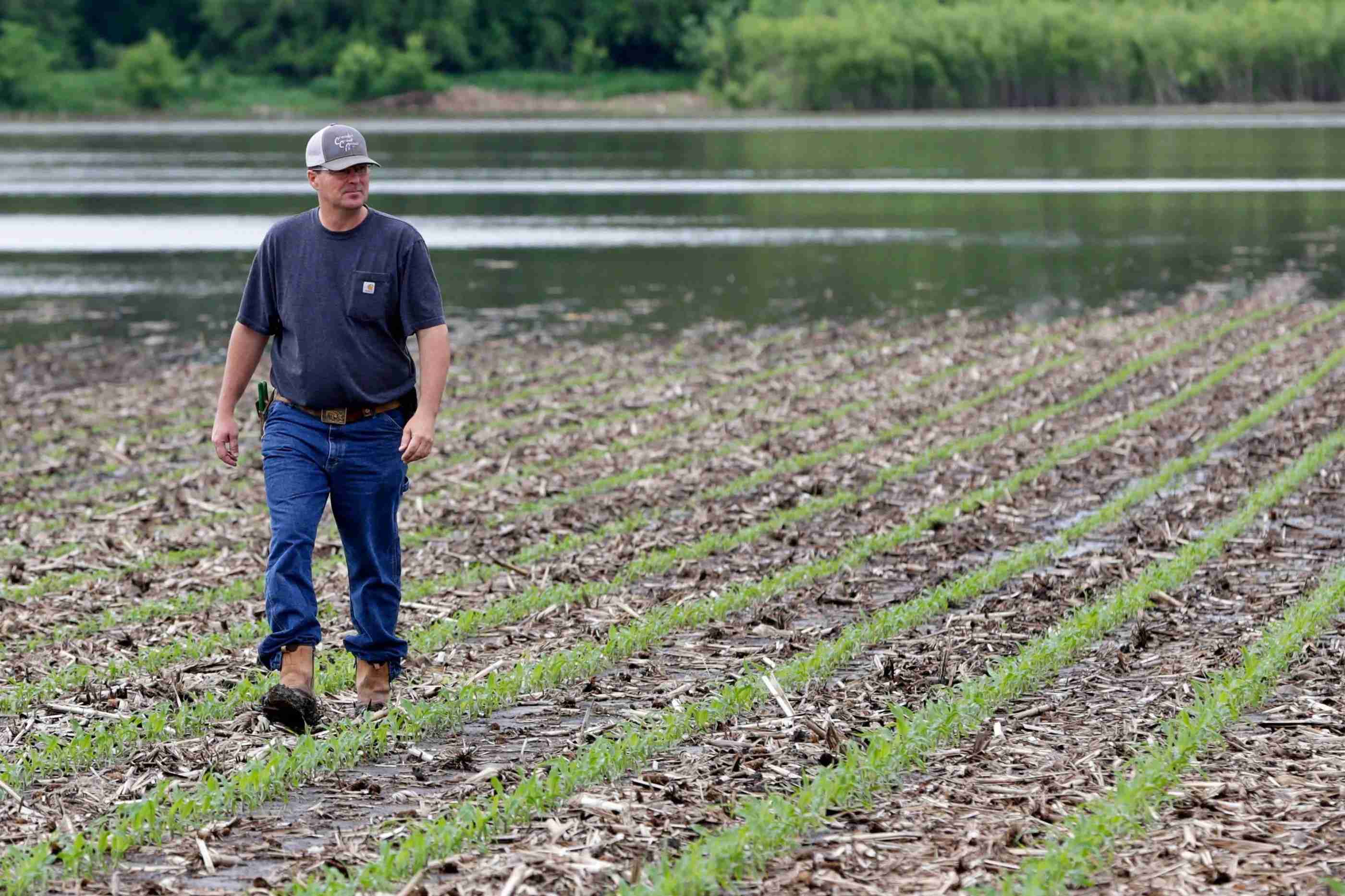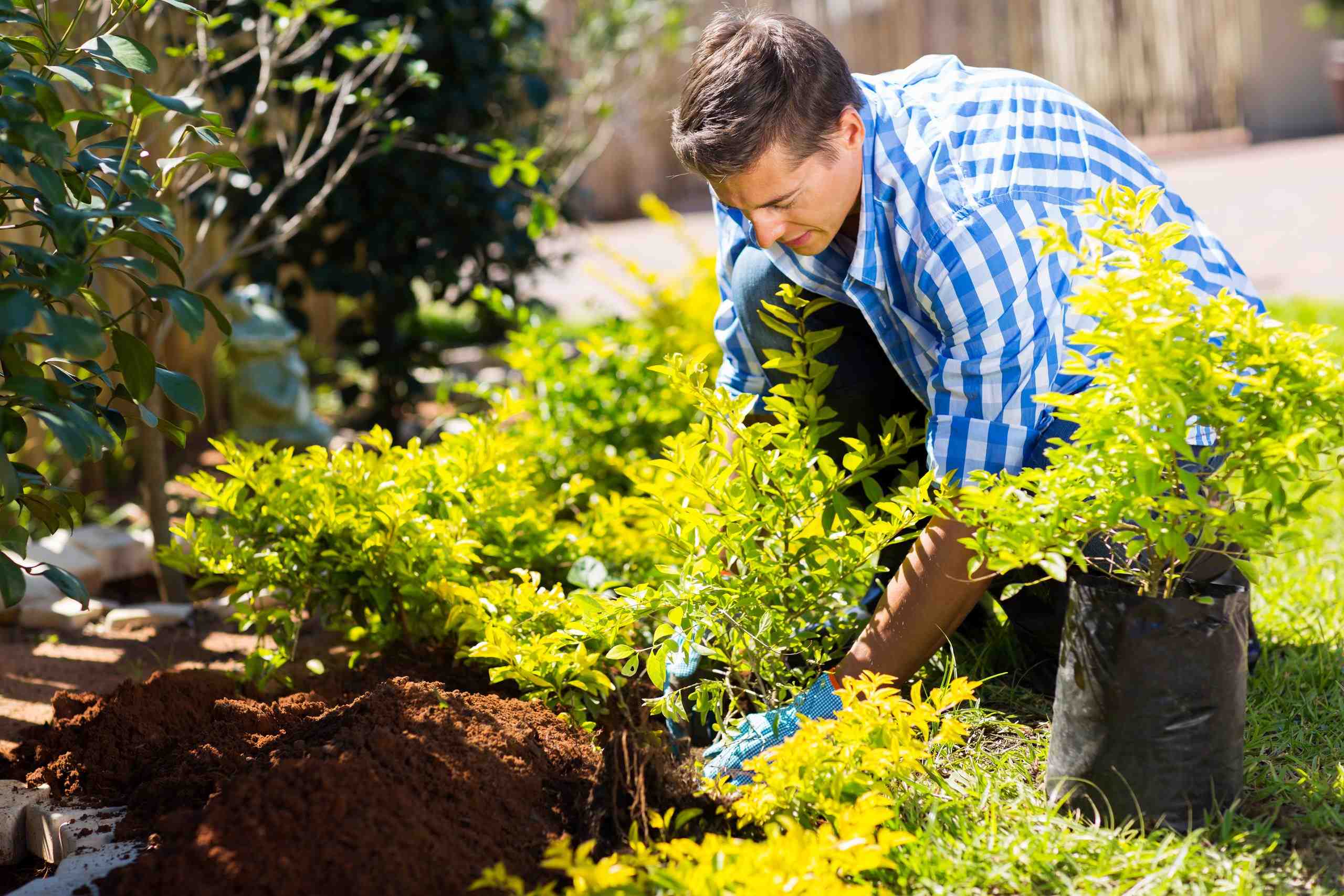Home>Gardening Basics>Understanding Soil>What Zone Is Colorado For Planting
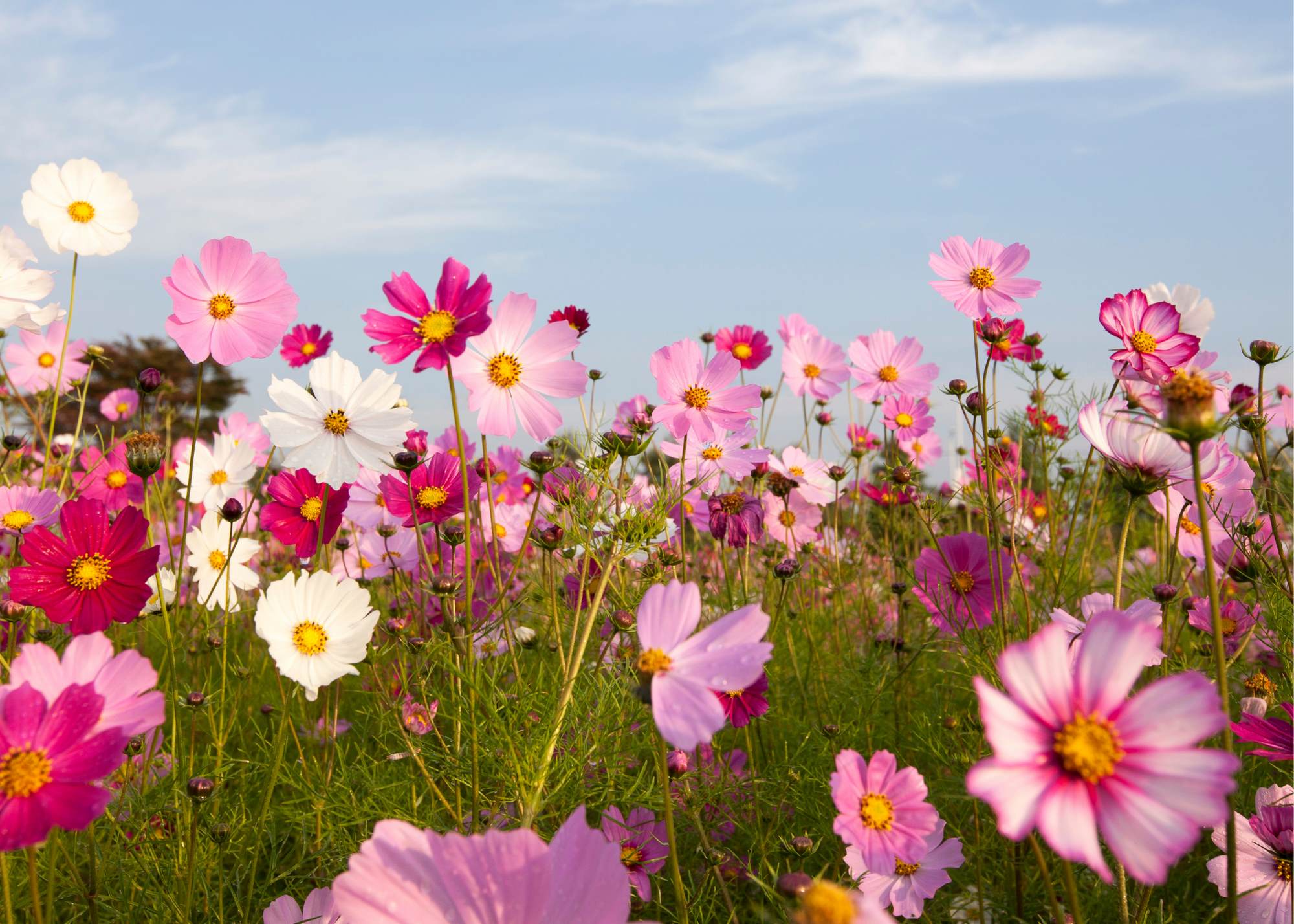

Understanding Soil
What Zone Is Colorado For Planting
Modified: January 22, 2024
Learn about the ideal planting zone for Colorado and understand how soil types affect successful gardening. Enhance your gardening knowledge with valuable insights on soil composition and its impact.
(Many of the links in this article redirect to a specific reviewed product. Your purchase of these products through affiliate links helps to generate commission for Chicagolandgardening.com, at no extra cost. Learn more)
Table of Contents
Introduction
Welcome to the world of gardening! When it comes to creating a beautiful and thriving garden, one of the most important factors to consider is understanding your plant hardiness zone. This knowledge will play a crucial role in determining which plants will flourish in your area and which ones might struggle to survive.
In the state of Colorado, where the diverse terrain encompasses mountain ranges, plateaus, and high-altitude plains, it is essential to know the specific planting zone to ensure successful gardening endeavors. Planting in the correct zone will provide plants with optimal growing conditions, including the ideal temperature range and the appropriate length of the growing season.
Whether you are a seasoned gardener or a beginner looking to establish a vibrant garden in Colorado, this article will provide you with the necessary insights to understand and navigate the planting zones in the state. By the end of this article, you will have a clear understanding of Colorado’s planting zone, the factors that influence it, and tips for successful gardening in this region.
So, let’s delve into the world of plant hardiness zones and discover how they impact gardening in beautiful Colorado!
Understanding Plant Hardiness Zones
Plant hardiness zones are a system developed by the United States Department of Agriculture (USDA) to help gardeners and horticulturists identify the suitable climatic conditions for different plant species. These zones are primarily based on average annual minimum temperatures and serve as a guide for selecting plants that will have the highest chances of survival in a particular area.
The USDA plant hardiness zone map divides the United States into different zones, each representing a specific temperature range. The zones are numbered from 1 to 13, with 1 being the coldest and 13 being the warmest. This classification enables gardeners to determine which plants can withstand the lowest temperatures in their region.
Understanding plant hardiness zones is essential as it helps gardeners select plants that are adapted to the local climate and can thrive in the specific temperature range of their area. By planting in the appropriate zone, gardeners can minimize the risk of frost damage or plant loss due to extreme temperatures.
It’s important to note that while the USDA hardiness zones are a valuable tool, they are not the only consideration when determining plant suitability. Factors such as humidity, precipitation, soil conditions, and microclimates within an area should also be taken into account.
Now that we have a basic understanding of the purpose and significance of plant hardiness zones, let’s explore why it is crucial to plant in the correct zone in Colorado.
The Importance of Planting in the Correct Zone
Planting in the correct zone is vital for the health and success of your garden in Colorado. Here are a few reasons why:
Optimal Growing Conditions: Different plants have specific temperature requirements for optimal growth and development. By planting in the correct zone, you are ensuring that the plants will receive the necessary temperature range to thrive. This means they will be better equipped to withstand extreme cold or hot temperatures and have a higher chance of surviving.
Increased Plant Survival: When you choose plants that are suited for your specific planting zone, you increase their chances of survival. Plants that are not adapted to the local climate may struggle to establish themselves and may succumb to stress or disease. By selecting plants that are well-suited to your zone, you provide them with the best possible conditions for long-term survival.
Reduced Risk of Frost Damage: Frost is a common concern in Colorado, especially in higher elevation areas. Planting in the correct zone ensures that you are selecting plants that can handle the typical frost dates and temperatures in your area. This reduces the risk of frost damage to your plants and protects your investment of time, money, and effort.
Increased Gardening Success: Planting in the correct zone increases your chances of success as a gardener. When you choose plants that are well-suited to your region, you are working with nature rather than against it. This means less time and effort spent on plant maintenance, as the plants are naturally adapted to the climate and growing conditions of your area.
Environmental Benefits: Planting in the correct zone also has environmental benefits. By selecting plants that are adapted to your local climate, you can reduce the need for excessive watering, fertilizers, and pesticides. This promotes a more sustainable and environmentally-friendly approach to gardening.
Understanding the importance of planting in the correct zone is the first step towards successful gardening in Colorado. In the next section, we will explore how to determine Colorado’s specific planting zone.
Determining Colorado’s Planting Zone
When it comes to determining Colorado’s planting zone, the USDA plant hardiness zone map is the most reliable resource. However, due to the state’s diverse geography and varying elevations, Colorado is divided into multiple planting zones.
To find your specific planting zone in Colorado, you can refer to the USDA plant hardiness zone map, which provides detailed information on the different zones across the state. This map takes into account the average annual minimum temperatures in each area, giving you a clear indication of the suitable plant species for your region.
Another option is to consult with local nurseries, horticultural experts, or extension offices. They will have a thorough understanding of the specific conditions and microclimates within different parts of Colorado and can provide guidance on the appropriate planting zone for your area.
It’s important to note that Colorado’s planting zones can vary significantly even within short distances. The higher elevations in the mountains generally have colder temperatures and shorter growing seasons, while the lower elevations and plains experience milder winters and longer growing periods.
By determining your specific planting zone in Colorado, you can confidently select plants that are well-suited to your region’s temperature range and growing conditions. This knowledge will greatly enhance your gardening experience and increase the chances of a thriving and beautiful garden.
Now that we know how to determine Colorado’s planting zone, let’s explore the various factors that can influence these zones and impact gardening in the state.
Factors Affecting Colorado’s Planting Zone
Several factors contribute to the variation in planting zones throughout Colorado. Understanding these factors can help gardeners make informed decisions about which plants will thrive in their specific region. Here are some key factors affecting Colorado’s planting zone:
Elevation: Colorado’s diverse topography, which includes mountain ranges and high plateaus, results in a wide range of elevations across the state. As elevation increases, temperatures tend to decrease. This means that higher elevation areas have colder climates and shorter growing seasons compared to lower elevation regions. It is crucial to consider the specific elevation of your garden when selecting plants.
Microclimates: Microclimates are localized climate conditions that can differ from the surrounding area. Factors such as sun exposure, wind patterns, and local geography can create microclimates within a region. For example, areas near bodies of water or south-facing slopes may have slightly milder climates, while north-facing slopes may be cooler. Understanding the specific microclimate of your garden can help you choose plants that are better suited to those conditions.
Temperature Extremes: Colorado experiences both cold winters and hot summers. In winter, temperatures can drop significantly, especially in high elevation areas. On the other hand, summer temperatures can soar, particularly in the low-lying plains. These temperature extremes can impact the types of plants that can thrive in different regions of Colorado.
Precipitation and Water Availability: Colorado is known for its varying precipitation patterns. The western part of the state is generally drier, with lower annual rainfall, while the eastern plains receive more precipitation. Additionally, water availability can be limited due to the state’s semi-arid climate. It’s essential to select plants that can tolerate lower water conditions or consider implementing efficient irrigation systems.
Soil Composition and Drainage: Colorado’s soils can vary widely, from heavy clay to sandy loam, depending on the region. Understanding your soil composition and drainage is crucial for plant selection. Some plants thrive in well-drained soils, while others prefer moister conditions. Conducting soil tests and improving soil quality can greatly enhance gardening success.
Native Plants and Biodiversity: Colorado boasts a rich variety of native plants that have adapted to the local climate over time. Incorporating native plants into your garden not only helps preserve the state’s biodiversity but also ensures that the plants are well-suited to the natural conditions of Colorado. Native plants often require less maintenance and are more resistant to pests and diseases.
By considering these various factors, gardeners in Colorado can make informed decisions about plant selection and create gardens that thrive in their specific planting zone. In the next section, we will highlight some recommended plants for Colorado’s planting zone.
Recommended Plants for Colorado’s Planting Zone
When it comes to selecting plants for your garden in Colorado, it’s important to choose species that are well-suited to the specific planting zone of your region. Here are some recommended plant options that thrive in Colorado’s diverse climate:
- Rocky Mountain Columbine: Colorado’s state flower, the Rocky Mountain columbine, is a beautiful and resilient wildflower. It thrives in mountainous regions with well-drained soil, and its vibrant blue and white flowers add a touch of elegance to any garden.
- Aspen Trees: The quaking aspen (Populus tremuloides) is an iconic Colorado tree. These trees are hardy and can withstand colder temperatures of higher elevations. Their shimmering leaves provide a stunning display of golden hues in the fall.
- Blue Grama Grass: Blue grama grass (Bouteloua gracilis) is a native prairie grass that thrives in Colorado’s drier regions. It is drought-tolerant and provides a natural and low-maintenance option for adding a touch of native beauty to your landscape.
- Russian Sage: Russian sage (Perovskia atriplicifolia) is a hardy perennial with beautiful silver-gray foliage and vibrant purple flowers. It can tolerate the hot and dry conditions of Colorado’s plains and adds color and texture to any garden.
- Colorado Blue Spruce: The Colorado blue spruce (Picea pungens) is a popular evergreen tree known for its striking blue-silver needles. It thrives in the high-altitude regions of Colorado and adds beauty and structure to the landscape.
- Kinnikinnick: Kinnikinnick (Arctostaphylos uva-ursi) is a low-growing ground cover that is well-adapted to Colorado’s dry and rocky soils. It features small, glossy leaves and produces clusters of white or pink flowers in the spring.
These are just a few examples of the many plant species that can thrive in Colorado’s planting zones. It’s important to research and select plants based on their specific requirements, such as sunlight, soil conditions, and water needs. By choosing plants that are well-suited to your planting zone, you can create a beautiful and resilient garden that flourishes in Colorado’s unique climate.
In the next section, we will provide some useful tips for successful planting and gardening in the diverse conditions of Colorado.
Tips for Successful Planting in Colorado
Gardening in Colorado can present some unique challenges due to the state’s diverse climate and varying growing conditions. However, with the right approach and some helpful tips, you can achieve successful planting and create a thriving garden. Here are some tips to keep in mind:
- Know Your Planting Zone: As mentioned earlier, understanding your specific planting zone is crucial for selecting the right plants. Research and choose plants that are well-suited to your zone’s temperature range, elevation, and growing conditions.
- Water Efficiently: Water is a precious resource in Colorado, so it’s important to use it wisely. Consider installing a drip irrigation system or using soaker hoses to deliver water directly to the plant roots. This reduces water waste and promotes healthier plants.
- Improve Soil Quality: Conduct a soil test to determine the pH and nutrient levels of your soil. Amend the soil as needed by adding organic matter such as compost or well-rotted manure. This helps improve soil structure, drainage, and nutrient availability for plants.
- Mulch: Apply a layer of organic mulch around your plants to conserve moisture, suppress weed growth, and regulate soil temperature. Mulching also adds organic matter to the soil as it breaks down over time.
- Protect Against Frost: In regions where frost is a concern, cover vulnerable plants with frost blankets or cloths when temperatures drop. Consider planting frost-tolerant varieties or creating microclimates to provide extra protection.
- Plant Native and Adapted Species: Native plants and those adapted to the local climate are more likely to thrive in Colorado. They require less maintenance, are more resistant to pests and diseases, and conserve water, making them an excellent choice for a sustainable garden.
- Consider Microclimates: Colorado’s diverse terrain creates microclimates within different areas. Take advantage of these microclimates by planting more sensitive plants in sheltered areas, such as against a south-facing wall or near a body of water.
- Practice Good Garden Maintenance: Regularly inspect your garden for pests, diseases, or signs of stress. Remove weeds promptly, as they can compete with your plants for resources. Prune plants as needed to maintain their health and shape.
- Learn from Local Experts: Consult with local nurseries, extension offices, or garden clubs to gain insight into gardening practices specific to your area. They can provide valuable tips, plant recommendations, and guidance based on their experience and knowledge of the local conditions.
Remember, gardening in Colorado requires adapting to the unique characteristics of the region. Embrace the challenges, keep learning, and be patient. With time and dedication, you can create a beautiful and thriving garden in the diverse conditions of Colorado.
Now that you have the knowledge and tips to get started, it’s time to roll up your sleeves and embark on your gardening journey! Enjoy the process and the rewards of witnessing the natural beauty that flourishes in Colorado.
Conclusion
Gardening in Colorado presents a unique and rewarding opportunity to work with the state’s diverse climate and growing conditions. By understanding your specific planting zone, considering the factors that influence it, and implementing the recommended tips, you can create a flourishing garden that thrives in the unique conditions of the region.
Remember to choose plants that are well-suited to your planting zone, taking into account factors such as elevation, microclimates, temperature extremes, and soil composition. Native and adapted species are particularly valuable, as they require less maintenance and are better adapted to the local climate.
Efficient water usage, soil improvement, and mulching are all key practices to ensure the health and vitality of your plants. Protecting against frost, practicing good garden maintenance, and seeking guidance from local experts will also contribute to your overall success as a gardener in Colorado.
As you embark on your gardening journey, embrace the challenges and enjoy the process of learning and adapting. With time, patience, and a deep understanding of Colorado’s planting zones, you can create a stunning and thriving garden that showcases the natural beauty of this diverse state.
So, get your gardening tools ready, select the right plants, and start creating your own piece of paradise in beautiful Colorado!
